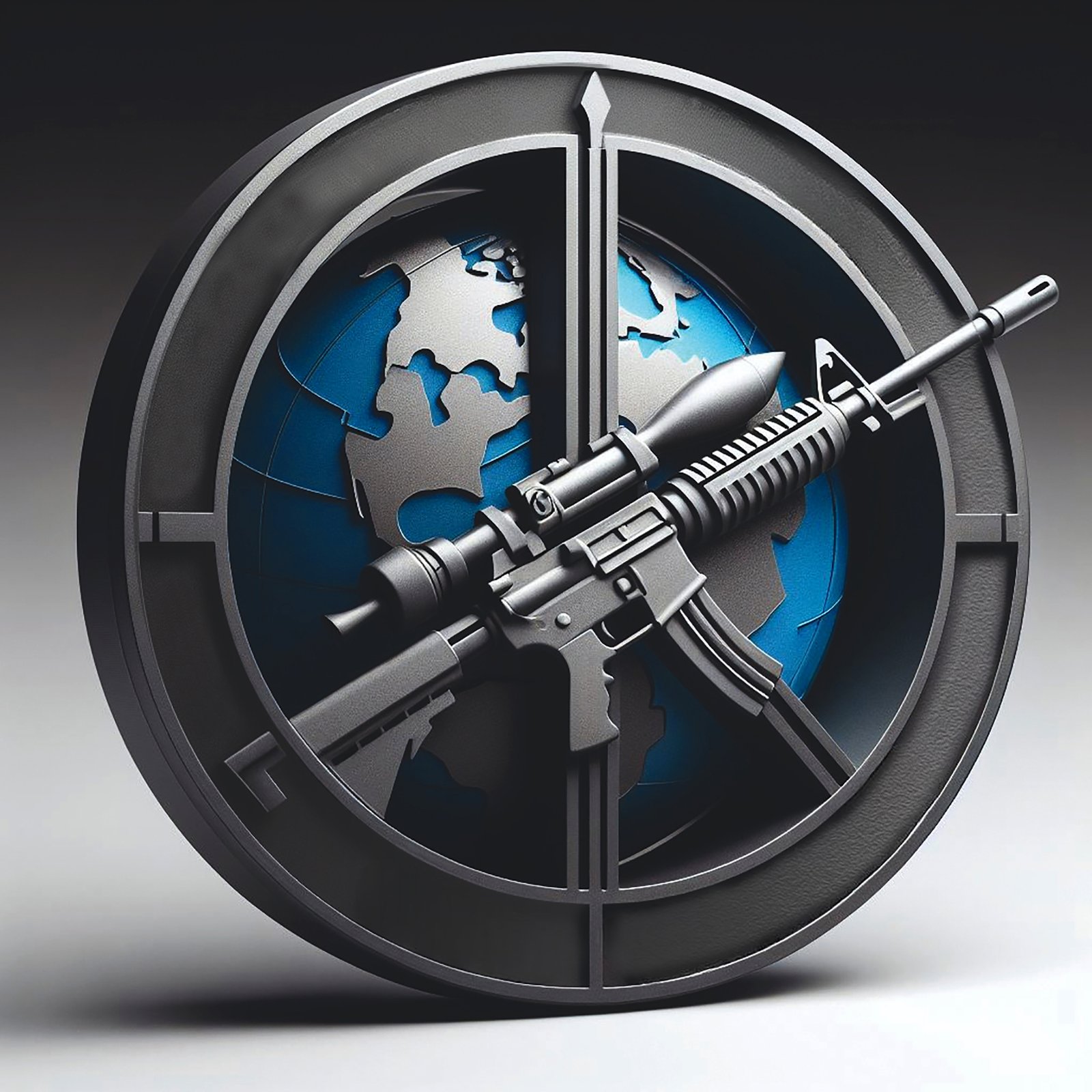Our extensive and varied experience sets us apart in our field.
Our commitment is fueled by a desire to eradicate violence and foster economic growth, utilizing the limited resources and indigenous expertise found within the Middle East and North Africa
Throughout history, conflicts in the Middle East region have resulted in mass migration, refugee crises, violence and placed significant financial burdens on both the conflicted areas and neighboring countries. The collapse of infrastructure, the spread of disease and the decline of local industries have further exacerbated economic deterioration across much of the region.
Despite the limited involvement of some nations in these conflicts, the negative impacts have reverberated throughout the entire region, affecting both involved and uninvolved nations alike.
Our approach will focus on initiating and sustaining dialogue with conflict leaders to comprehend their specific circumstances. We believe that direct negotiations with these leaders will streamline humanitarian aid efforts, enabling support for affected communities while striving to de-escalate the ongoing conflict.
The diplomatic approach to preventing and resolving conflicts serves as a significant
tool for us.
Diplomacy encompasses various applications, each yielding powerful influences and outcomes.

Gender Inclusive Framework and Theory
An interesting peaceful masculinities approach published on the United Sates Institute of Peace’s website highlights how males usually use violence to solve conflicts.
Discussions about gender and peacebuilding frequently neglect to include men and their identities. However, adopting a peaceful masculinities approach provides a holistic viewpoint for comprehending gender dynamics in conflict. Peaceful masculinities serve as a complementary framework to Women, Peace and Security, examining how men’s identities are often intertwined with the use of violence to resolve conflicts and striving to cultivate a more peaceful, nonviolent approach to conflict resolution.
How Peaceful masculinities approach would contribute to our conflict resolution plans and supports us in building peace?
Gender Inclusive Framework and Theory adds several crucial dimensions to conflict resolution:
1. Inclusivity: By incorporating gender perspectives, it ensures that the diverse experiences, needs, and contributions of all genders are recognized and valued in conflict resolution processes.
Overall, a Gender Inclusive Framework and Theory enrich conflict resolution processes by promoting inclusivity, understanding power dynamics, addressing root causes, generating enhanced solutions and fostering peaceful masculinities.
